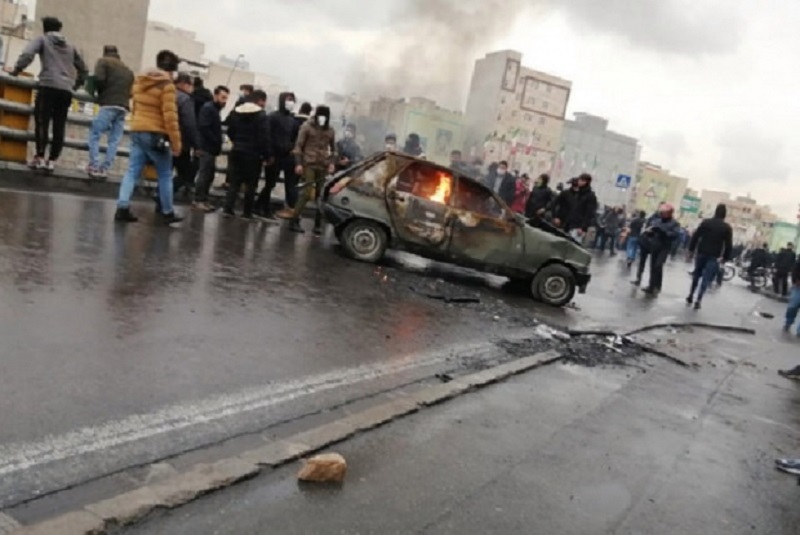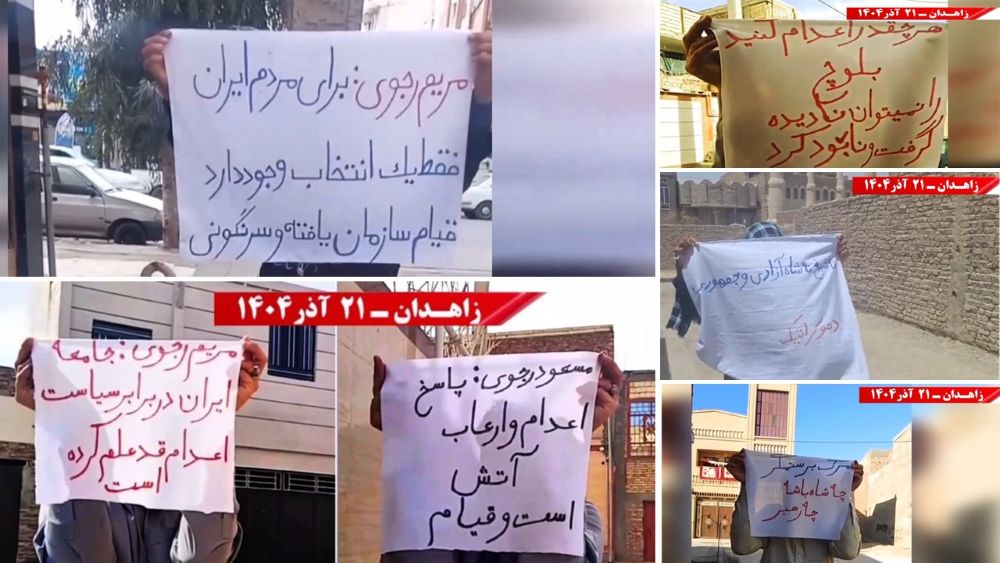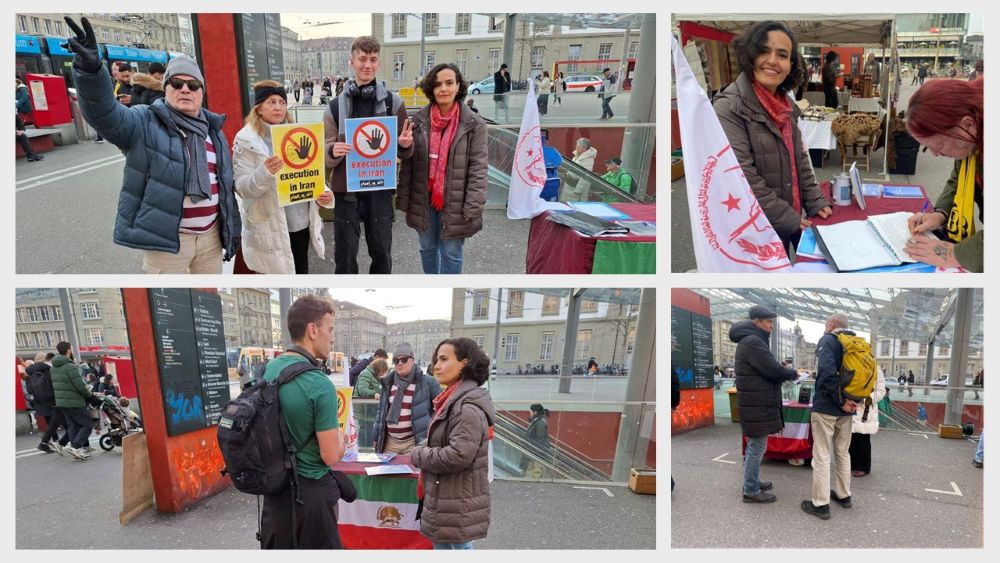
Two years ago, the November 2019 uprising marked a turning point in its impact on how the Iranian regime was viewed, both domestically and internationally. It highlighted their vulnerability and their illegitimacy as the rulers of Iran, so in fear of being ousted from their position of power, they resorted to stepping up their reign of terror, and accelerating their nuclear program and their malign activities across the Middle East.
The uprising stemmed from the regime’s decision to suddenly raise the price of gasoline. The protests quickly spread across Iran, encompassing up to 200 cities, and within hours, the protests became politically motivated, rejecting the theocratic mullahs and their regime. As the intensity of the protests became out of control, with security forces being unable to contain the spread of unrest across the country, this terrified regime officials.
The National Council of Resistance of Iran (NCRI) said, “Fearful that the continuation of the uprising may threaten the regime’s survival, Supreme Leader Ali Khamenei ordered the Revolutionary Guards (IRGC) to ‘do whatever it takes’ to stop the uprising. In the carnage that ensued, the security forces gunned down over 1,500 protesters, many shot in the head and chest.”
In an interview with the state-run Sharq daily in November, Iranian sociologist Asef Bayat discussed how the November 2019 uprising was unlike any other social movements that have taken place in Iran over the past four decades.
He stated, “These protests are the collective actions of various social groups that demand profound economic and social changes. There is a high dissatisfaction in society. There are large groups of activists, the social demand for change is clear, and the government is not accountable in practice.”
The NCRI said, “The uprising had another stark message as well: The Iranian people rejected both regime factions, the so-called moderates, and the hardliners. Ironically, it was Abdolreza Rahmani Fazli, the Interior Minister serving in the so-called moderate government of Hassan Rouhani, who unleashed the security and repressive forces.”
In February 2020 and June 2021, the Iranian people made it completely clear that they had no faith whatsoever in the electoral process in Iran when they boycotted both the parliamentary and presidential elections. The process for both elections was highly rigged as the regime’s Supreme Leader Ali Khamenei was already adamant about who he wanted to install, and the ‘sham masquerade’ that was put on for both elections fooled no one. For the latter election, Khamenei was determined to install his judiciary chief Ebrahim Raisi as the regime’s next president at all costs.
The NCRI said, “By ensuring the election of Raisi, notorious for his role in the 1988 massacre of 30,000 political prisoners, 90% of whom were the Mujahedin-e Khalq activists, Khamenei sought to close ranks and consolidate his grip on power to deal with a multitude of irremediable social, economic, and political crises engulfing his regime.”
The regime suppressed the November 2019 with brute force as they were unwilling to give in to the demands of the Iranian people. To this date, people’s basic demands continue and societal crises, caused by the regime, are ravaging the country but the mullahs’ only focus is to continue their nuclear and missile programs. As they continuously pour Iran’s wealth into their race towards nuclear weapons of mass destruction, the crises across the country will worsen further adding to the unrest in society, and this will inevitably lead to more uprisings in the near future.
The NCRI said, “For its part, the international community should refrain from providing any lifelines to the regime and instead stand with millions of Iranians who are determined to bring to an end the 43-year nightmarish rule of the medieval mullahs.”



